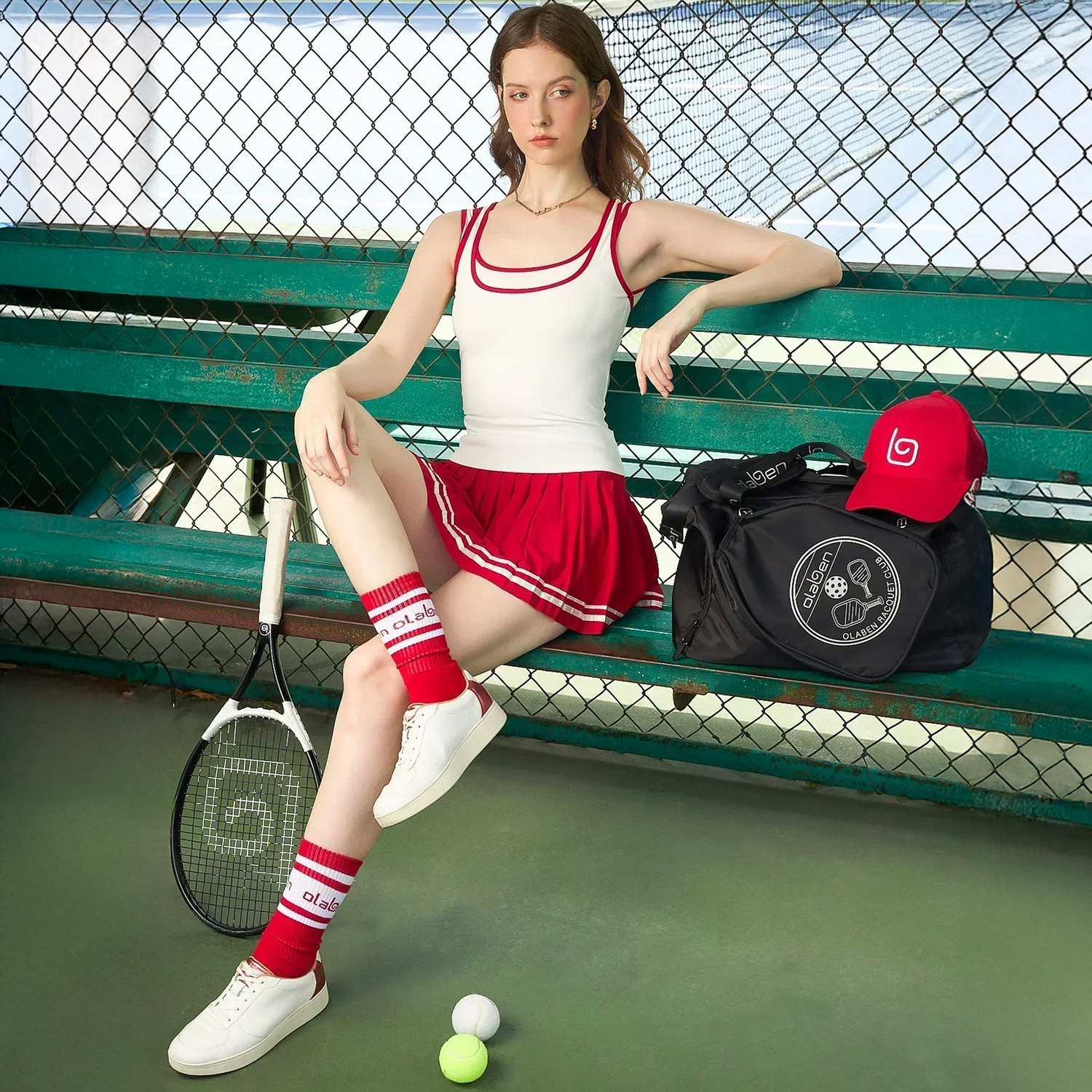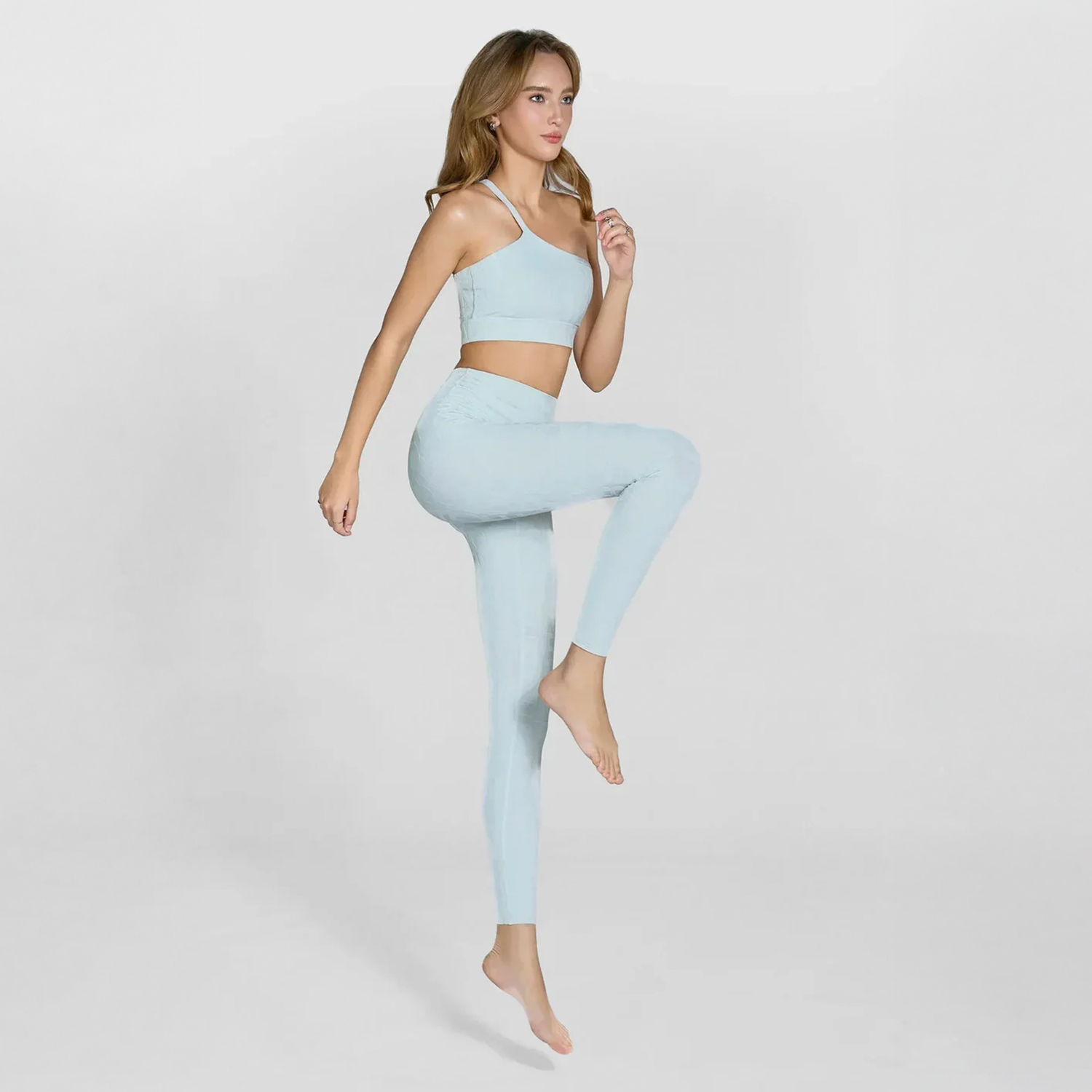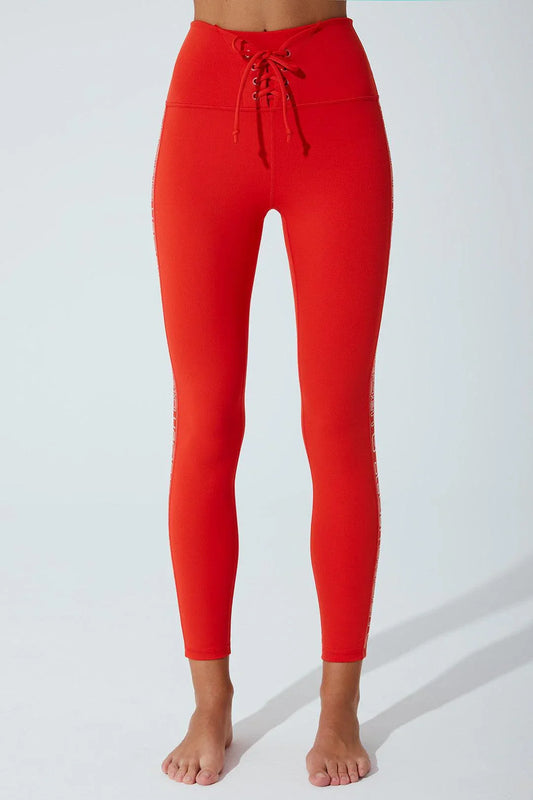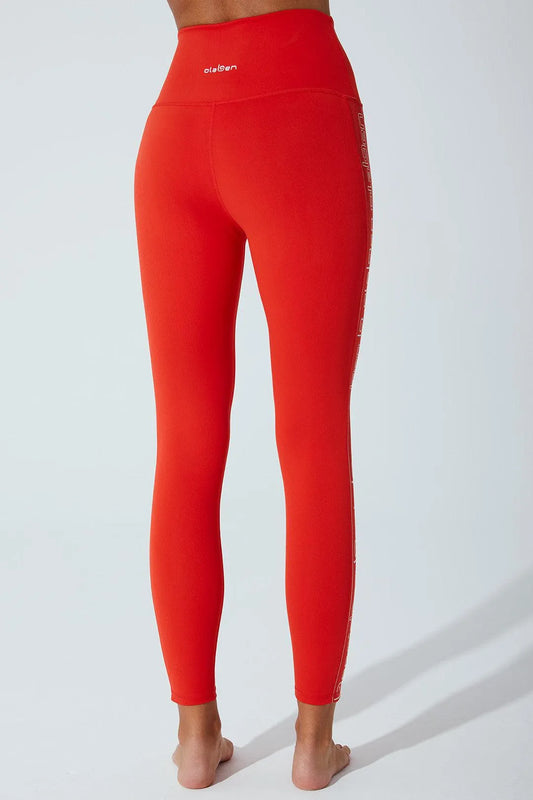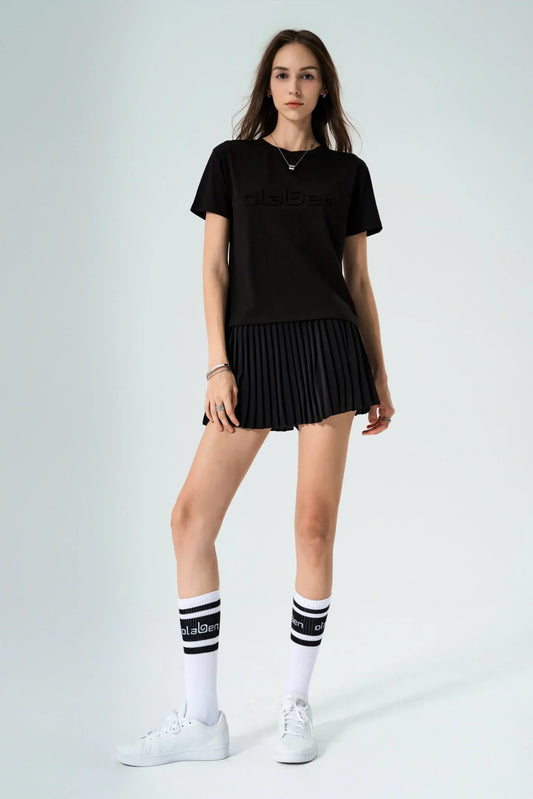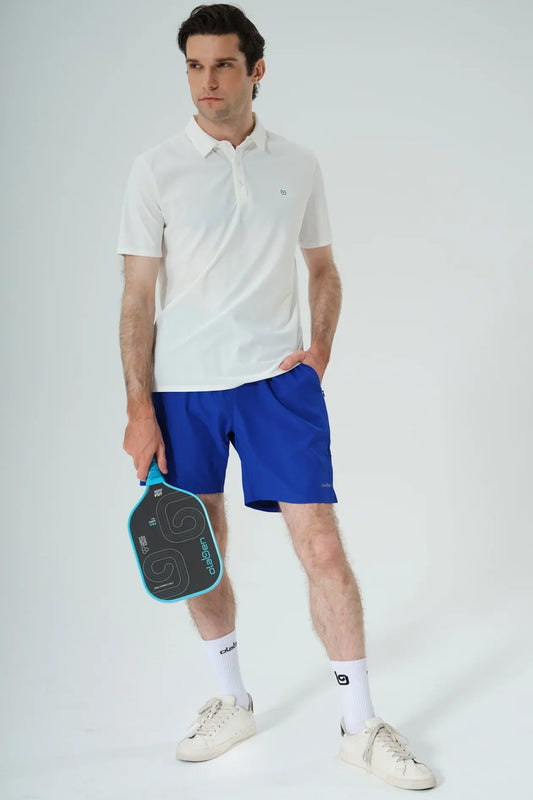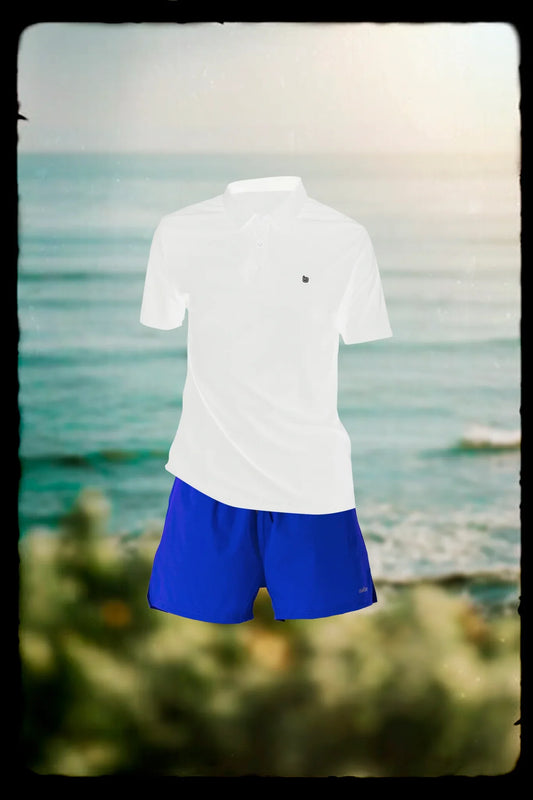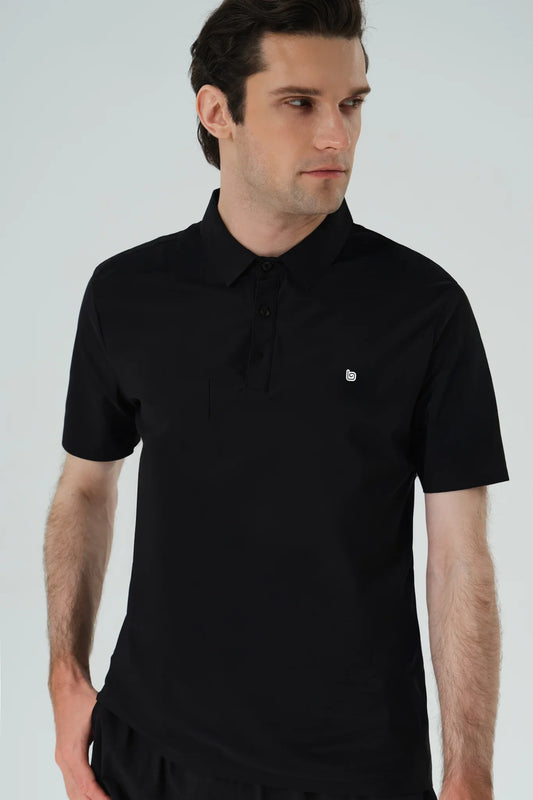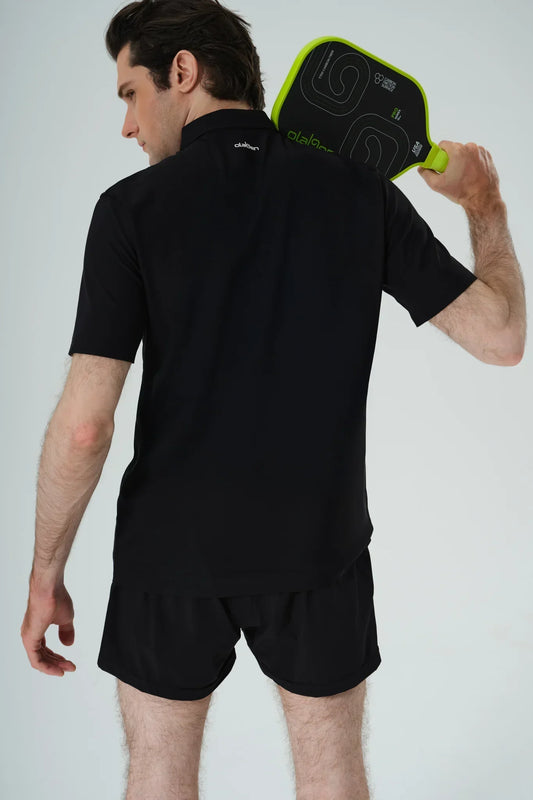Wondering how to keep your outdoor clothing performing at its best through countless adventures? The secret lies in proper care. Maintaining your outdoor gear not only keeps it looking great but also ensures it continues to protect, insulate, and perform in every condition. From cleaning to waterproofing and storage, this guide covers everything you need to know to make your outdoor clothing last longer — so let’s jump in with Olaben and learn how to keep your gear adventure-ready for years to come.
Why Proper Outdoor Clothing Care Matters
Outdoor clothing is designed to withstand tough conditions — but without the right care, even premium gear loses its effectiveness over time. Sweat, dirt, and body oils can clog breathable fabrics, reduce waterproofing, and weaken fibers. Regular maintenance keeps your clothing durable, comfortable, and reliable.
Here’s why outdoor clothing care is essential:
- Performance: Clean fabrics breathe and repel water better.
- Durability: Proper washing and drying prevent fading, fraying, and fiber breakdown.
- Comfort & Safety: Clean insulation and membranes ensure warmth and dryness.
- Sustainability: Maintaining your gear means less waste and fewer replacements.
- Value: Quality outdoor wear is an investment — caring for it protects that investment.

How to Prepare Outdoor Clothing for Cleaning
Before tossing your jacket or pants into the wash, preparation makes a big difference.
1. Read the Care Label
Every outdoor garment comes with specific instructions on water temperature, washing cycle, and drying method.
- GORE-TEX® or waterproof fabrics: Cold water and gentle cycles only.
- Fleece: Wash in cool water and tumble dry low. Ignoring care tags risks damaging the material’s protective coatings.
2. Sort by Fabric Type
Separate synthetics (like polyester and nylon) from natural fibers (like wool or cotton). Wash waterproof shells separately to avoid friction damage and protect specialized finishes.
Effective Cleaning Methods for Outdoor Clothing
Keeping your outdoor clothing clean is one of the simplest yet most powerful ways to preserve its performance. Dirt, sweat, and body oils don’t just make your gear look worn — they can clog technical fabrics, reduce breathability, and weaken water-resistant coatings. With a bit of know-how and care, you can make sure every piece stays fresh, functional, and adventure-ready.

Washing Techniques for Different Materials
Each fabric type used in outdoor clothing comes with its own needs. Using the right washing technique helps preserve structure, stretch, insulation, and technical coatings.
1. Synthetics (Nylon, Polyester, Spandex Blends)
These fabrics are found in most activewear and performance gear because they’re lightweight, durable, and quick-drying.
- Wash on a gentle cycle in cold or lukewarm water (below 30°C).
- Use a mild, fragrance-free detergent — harsh chemicals can break down fibers and cause pilling.
- Avoid fabric softeners, as they leave residue that blocks moisture-wicking properties.
- For heavily used items like gym leggings or running tops, add an extra rinse cycle to remove detergent buildup.
2. Wool (e.g., Merino Base Layers)
Merino wool regulates body temperature and resists odor, but it’s delicate.
- Choose a specialized wool detergent or one labeled “pH-neutral.”
- Wash on a wool or delicate cycle using cold water.
- Turn garments inside out to reduce friction.
- Never wring out wool — gently squeeze out excess water and lay flat to dry.
3. Down Jackets and Insulated Layers
Down insulation is light and warm but needs gentle handling to keep its loft and structure.
- Use a down-safe detergent only; regular soap can strip natural oils from feathers.
- Select a gentle wash cycle with cold water and minimal spin.
- Rinse twice to remove detergent residue that may affect fluffiness.
- Dry thoroughly on low heat with dryer balls or clean tennis balls to restore volume.
- Make sure it’s fully dry before storing — damp down can clump or mold.

4. Waterproof and Technical Gear (e.g., GORE-TEX®, softshells, rain jackets)
Technical shells require careful cleaning to maintain waterproofing and breathability.
- Close all zippers, flaps, and Velcro tabs before washing.
- Use a specialized outdoor gear cleaner or gentle liquid detergent — no powder, bleach, or softeners.
- Choose a gentle, warm cycle (30°C max).
- Double rinse to ensure no detergent residue remains.
- After washing, reapply a DWR coating (see below) for restored water repellency.
Quick Stain Removal Tips
Prompt action is key to avoiding permanent stains. Always treat stains before a full wash, and test cleaners on a hidden area first.
- Oil-based stains (like sunscreen or cooking oil): Apply a few drops of mild dish soap directly to the stain. Let it sit for 10 minutes, then gently scrub with a soft cloth before washing.
- Mud or grass stains: Allow mud to dry completely, then brush off the excess. Pre-treat remaining marks with stain remover or vinegar-water mix before laundering.
- Blood or sweat stains: Use cold water only, as hot water sets the proteins. Blot with a damp cloth or rinse under cold running water, then wash as usual.
- Salt stains (common after winter hikes): Wipe with a damp cloth dipped in a 1:1 vinegar-water solution, then rinse clean.
Avoid aggressive scrubbing or bleach — both can damage performance coatings and weaken fibers.

Drying Outdoor Gear the Right Way
Drying is just as important as washing when it comes to outdoor clothing care. Improper drying can shrink, stretch, or degrade fabrics — especially waterproof and insulated items.
1. Air-Drying (Safest for Most Gear)
- Lay flat on a clean, dry towel or mesh rack in a well-ventilated area.
- Keep away from direct sunlight or heat sources, which can cause fading or damage elastic fibers.
- Flip or rotate garments halfway through drying for even airflow.
2. Tumble Drying (For Down and Waterproof Gear)
- Use low heat only.
- Add dryer balls or tennis balls to restore down loft and break up clumps.
- For waterproof jackets, tumble drying for 10–15 minutes on low can help reactivate DWR coatings.
- Ensure the item is completely dry before storing — trapped moisture can cause mildew and odors.
Pro tip from Olaben: Always shake out your garments after drying to maintain their original shape and softness.
Maintenance Tips to Extend Gear Longevity
Even the best gear benefits from regular TLC. Simple maintenance steps can add years of performance and comfort.
Reapplying DWR Coatings
Durable Water Repellent (DWR) coatings help moisture bead up and roll off instead of soaking into the fabric. Over time, friction, washing, and wear can strip away this finish.
How to restore your gear’s waterproofing:
- Check if reproofing is needed: Sprinkle a few drops of water on your jacket — if they soak in instead of beading up, it’s time to reapply DWR.
- Clean first: Always wash the garment before applying any waterproofing product.
- Choose the right treatment:
-
- Spray-on DWR for targeted coverage (best for 2-layer or insulated jackets).
- Wash-in DWR for full-fabric coverage (ideal for softshells or pants).
- Apply evenly: Hang or lay flat and spray in smooth strokes from about 15 cm away.
- Heat activate: A brief tumble dry or low-heat iron (if fabric-safe) can help set the coating.
Regular reproofing not only maintains comfort in the rain but also enhances breathability and fabric longevity.
Repairing Small Damages Promptly
Outdoor adventures can take a toll — small tears, snags, or broken zippers are common, but easy to fix if caught early.
Here’s how to keep your gear in action:
- Minor tears or holes: Patch with repair tape or fabric glue designed for outdoor materials. Match the color and cut the patch with rounded edges to prevent peeling.
- Larger damage: Use an iron-on patch or take the garment to a professional repair service.
- Broken zippers or snaps: Replace sliders or pulls using repair kits — a simple DIY fix that extends usability.
- Seam leaks: Re-seal with a waterproof seam sealer for rain gear or tents.
Olaben tip: After each trip, do a quick “gear check.” Catching small issues early prevents costly replacements and keeps your gear adventure-ready year-round.

Final Thoughts
Caring for your outdoor clothing is an investment in performance, comfort, and sustainability. By washing, maintaining, and storing your gear correctly, you’ll ensure it’s always ready for the next adventure — whether it’s a weekend hike or a mountain expedition.
Your gear works hard to protect you. Give it the care it deserves — and it’ll keep you exploring for years to come.

